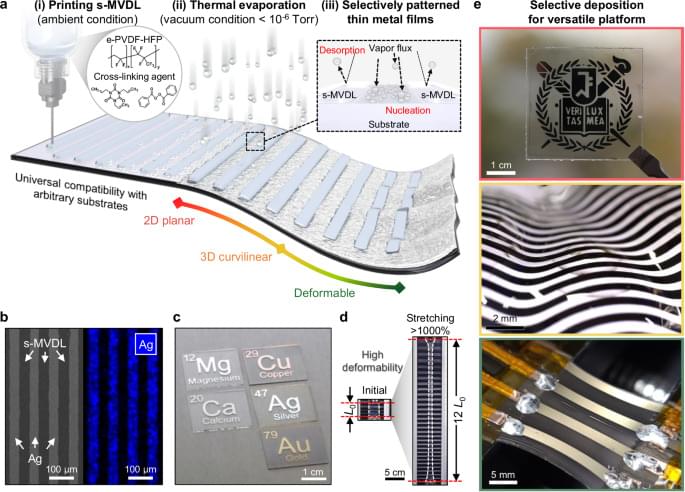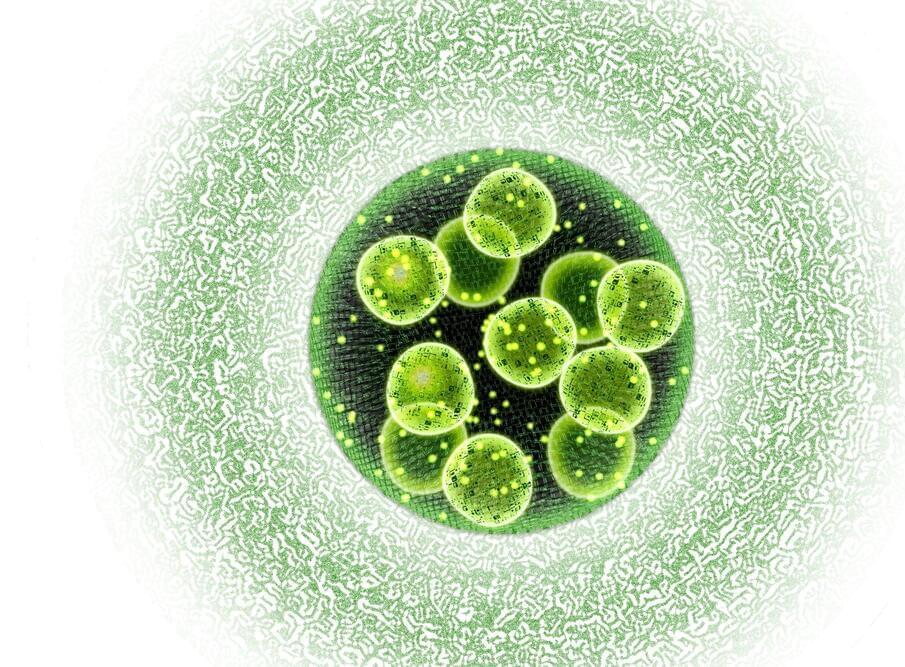Explore the nuances of the transformer architecture behind Llama 3 and its prospects for the GenAI ecosystem.




Existing patterning methods for thin metal films rely on prefabricated rigid masks incompatible with soft substrates. Here, the authors report printable and stretchable metal-vapor-desorption layers that facilitate high-fidelity patterning, enabling circuits and devices on 3D curvilinear and stretchable substrates.

There are two different ways to measure the expansion rate of the Universe, and they don’t agree. And no, new measurements don’t help.

A study appearing in Journal of Bioethical Inquiry explored the legal and ethical challenges expected to arise in human brain organoid research.
Human brain organoids are three-dimensional neural tissues derived from stem cells that can mimic some aspects of the human brain. Their use holds incredible promise for medical advancements, but this also raises complex ethical and legal questions that need careful consideration.
Seeking to examine the various legal challenges that might arise in the context of human brain organoid research and its applications, the team of researchers, which included a legal scholar, identified and outlined potential legal issues.


The future of medicine lies in synthetic biology! In this video, you’ll learn how synthetic biology is used in healthcare and why it can help develop cancer treatments and much more.
Are you interested in furthering the field of biology or medicine? Visit uvu.edu to carve your path.
Instagram: / utah.valley.university.
Facebook: / utahvalleyuniversity.
LinkedIn: / utah-valley-university.
Twitter: / uvu.
